Akmal Chaudhri
Using WebAssembly for in-database Machine Learning
#1about 4 minutes
Introducing WebAssembly for in-database machine learning
WebAssembly enables running high-performance code like C++ or Rust directly inside a database, co-locating analytics with data.
#2about 3 minutes
Comparing methods for machine learning with databases
An overview of different approaches to database ML includes using Apache Spark, Python libraries, built-in vector functions, and OpenAI embeddings.
#3about 7 minutes
Why use WebAssembly for in-database analytics
Running Wasm UDFs inside the database avoids data movement, extends DBMS features, and executes sandboxed code at near-native speed.
#4about 4 minutes
Setting up the Wasm and Rust development environment
A step-by-step guide to installing the necessary one-time dependencies, including the Wasmtime SDK, Rust toolchain, and wasm-bindgen.
#5about 4 minutes
Building a Wasm sentiment analysis function in Rust
The process involves creating an interface definition file (.wit), managing dependencies with cargo, and writing Rust code to wrap a sentiment analysis library.
#6about 5 minutes
Compiling and deploying the Wasm UDF to the database
After compiling the Rust code into a Wasm module, a specific tool is used to upload and register the function within the database system.
#7about 6 minutes
Live demo of sentiment analysis on a movie dataset
A live demonstration shows how to execute the deployed Wasm UDF with a SQL query against a table of IMDB movie reviews.
#8about 26 minutes
Summary, resources, and audience Q&A
A recap of Wasm's benefits for database extensibility is followed by links to resources and an audience Q&A session on implementation and performance.
Related jobs
Jobs that call for the skills explored in this talk.
Matching moments
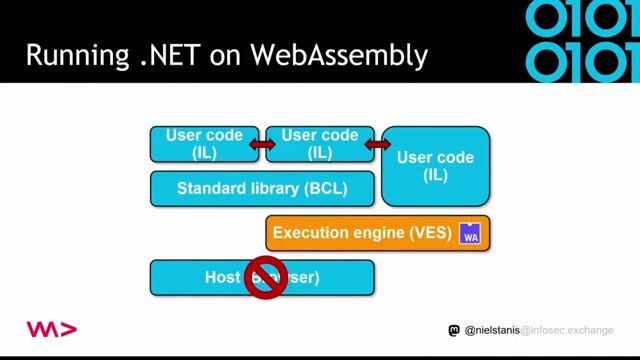
08:32 MIN
Taking WebAssembly beyond the browser with WASI
Using WebAssembly to run, extend, and secure your application
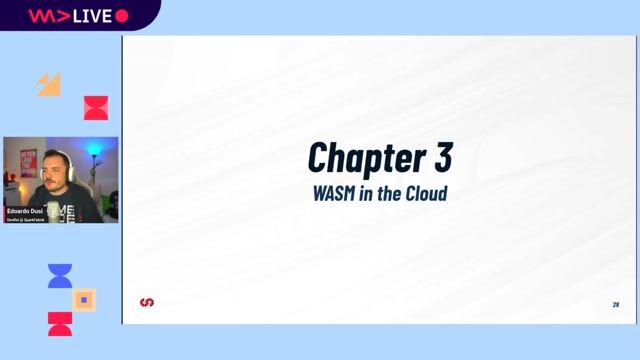
23:49 MIN
Why WebAssembly is a good fit for cloud workloads
WebAssembly: The Next Frontier of Cloud Computing

28:37 MIN
Improving the developer experience beyond performance
The Future of Cloud is WebAssembly

48:01 MIN
Answering common questions about WebAssembly
Wasm Deep Dive - A Glance Behind the Scenes

00:44 MIN
Understanding WebAssembly and its initial industry adoption
Using WebAssembly to run, extend, and secure your application

50:20 MIN
Q&A: Future trends for Wasm in cloud computing
WebAssembly: The Next Frontier of Cloud Computing
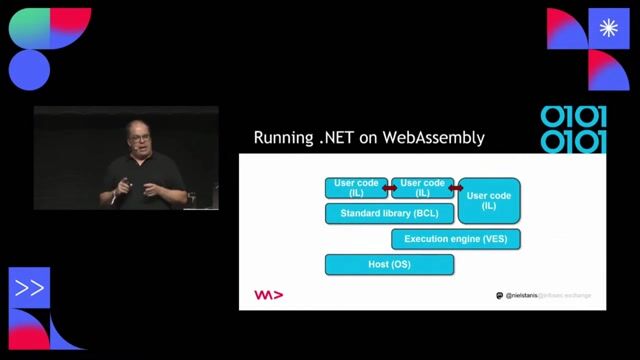
07:07 MIN
How .NET applications execute on WebAssembly
Using WebAssembly to run, extend, and secure your application
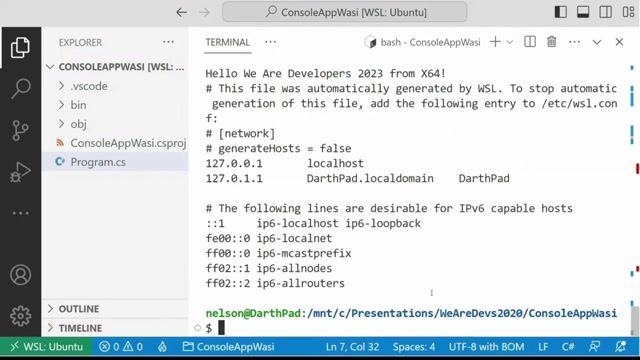
15:21 MIN
Using a Rust WASM module to extend a .NET application
Using WebAssembly to run, extend, and secure your application
Featured Partners
Related Videos
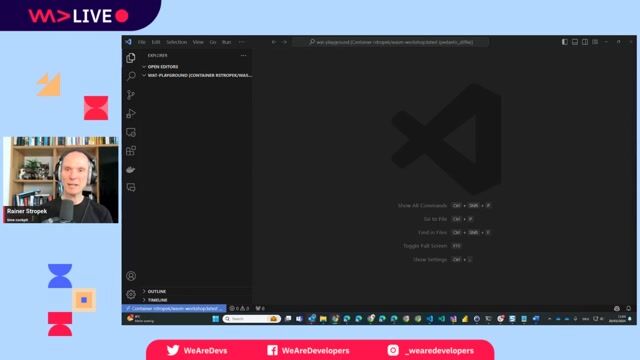 57:45
57:45Wasm Deep Dive - A Glance Behind the Scenes
Rainer Stropek
 57:32
57:32WebAssembly: The Next Frontier of Cloud Computing
Edoardo Dusi
 27:27
27:27WebAssembly: Disassembled
Stefan Schöberl
 30:58
30:58WebAssembly: The Next Frontier of Cloud Computing
Edoardo Dusi
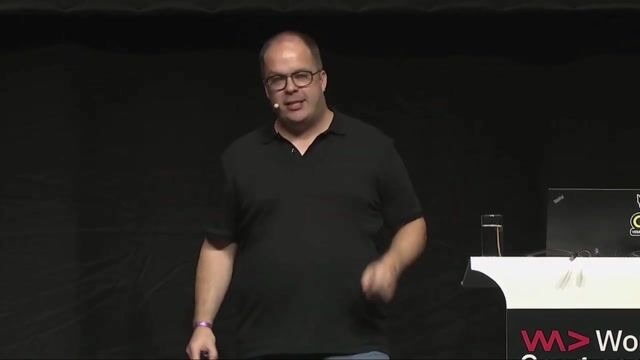 25:08
25:08Using WebAssembly to run, extend, and secure your application
Niels Tanis
 30:57
30:57WebAssembly Revolution: Elevating JavaScript's Reach and Performance
Önder Ceylan
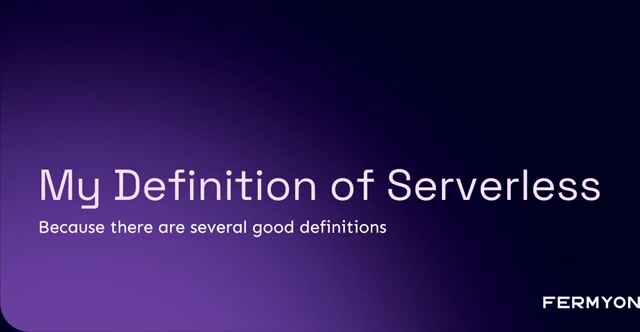 29:49
29:49The Future of Cloud is WebAssembly
Matt Butcher
 27:23
27:23From ML to LLM: On-device AI in the Browser
Nico Martin
From learning to earning
Jobs that call for the skills explored in this talk.



AIML -Machine Learning Research, DMLI
Apple
Python
PyTorch
TensorFlow
Machine Learning
Natural Language Processing





